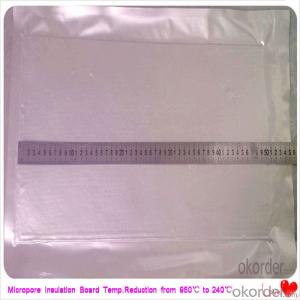Roofing insulation is a critical component in the construction of any building, be it residential or commercial. It plays a vital role in maintaining the energy efficiency of the structure, which in turn helps in reducing energy costs and contributing to a sustainable environment. In this article, we will explore the importance of roofing insulation, the different types of insulation materials available, and the benefits of using them.
Why Roofing Insulation Matters
Roofing insulation is essential for several reasons. Firstly, it helps to keep the indoor temperature stable by preventing heat transfer between the interior and exterior of the building. This is particularly important during extreme weather conditions, such as hot summers and cold winters. By reducing the need for heating and cooling systems to work overtime, insulation can significantly lower energy consumption and, consequently, energy bills.
The Science Behind It
The science behind insulation is quite fascinating. It works by trapping pockets of air, which act as a barrier to heat transfer. The effectiveness of insulation depends on its ability to resist heat flow, measured by its R-value. The higher the R-value, the better the insulating properties of the material.
Types of Roofing Insulation Materials
There are various types of roofing insulation materials available in the market, each with its unique properties and benefits. Some of the most common types include:
– Fiberglass: Known for its durability and resistance to fire, fiberglass is a popular choice for many homeowners. It is also resistant to mold and mildew, making it suitable for damp environments.
– Cellulose: Made from recycled paper products, cellulose insulation is an eco-friendly option. It has excellent fire resistance and can be used in both new and retrofit projects.
– Spray Foam: This type of insulation is known for its ability to fill gaps and crevices, providing an airtight seal. It is highly effective in reducing air infiltration and improving energy efficiency.
– Rigid Foam Board: Made from polystyrene or polyisocyanurate, rigid foam boards offer high R-values and are excellent for reducing heat transfer. They are also lightweight and easy to install.
– Mineral Wool: A versatile option, mineral wool insulation can be used in various applications, including roofing. It is fire-resistant and has good sound absorption properties.
Benefits of Roofing Insulation
Investing in roofing insulation comes with numerous benefits. Some of the key advantages include:
– Energy Savings: By reducing the need for heating and cooling, insulation can lead to significant energy savings over time.
– Increased Comfort: A well-insulated roof helps maintain a consistent indoor temperature, ensuring a comfortable living or working environment.
– Reduced Noise Pollution: Insulation materials can also act as sound barriers, reducing noise pollution from outside sources.
– Longevity: Properly installed insulation can extend the life of your roof by protecting it from temperature fluctuations and moisture damage.
– Environmental Impact: Choosing eco-friendly insulation materials can contribute to a greener environment by reducing the carbon footprint of your building.
Installation Considerations
When it comes to installing roofing insulation, there are several factors to consider. These include the type of roof, the climate of the region, and the R-value required for optimal performance. It is essential to consult with a professional to determine the best insulation solution for your specific needs.
Maintenance and Care
Proper maintenance of your roofing insulation is crucial to ensure its longevity and effectiveness. Regular inspections can help identify any issues early on, such as water damage or pest infestations, which can compromise the insulation’s performance.
The Bottom Line
In conclusion, roofing insulation is an indispensable aspect of modern construction that contributes to energy efficiency, cost savings, and environmental sustainability. By understanding the different types of insulation materials and their benefits, homeowners and builders can make informed decisions to enhance the performance of their buildings. So, the next time you’re planning a construction or renovation project, don’t forget to give roofing insulation the attention it deserves.

